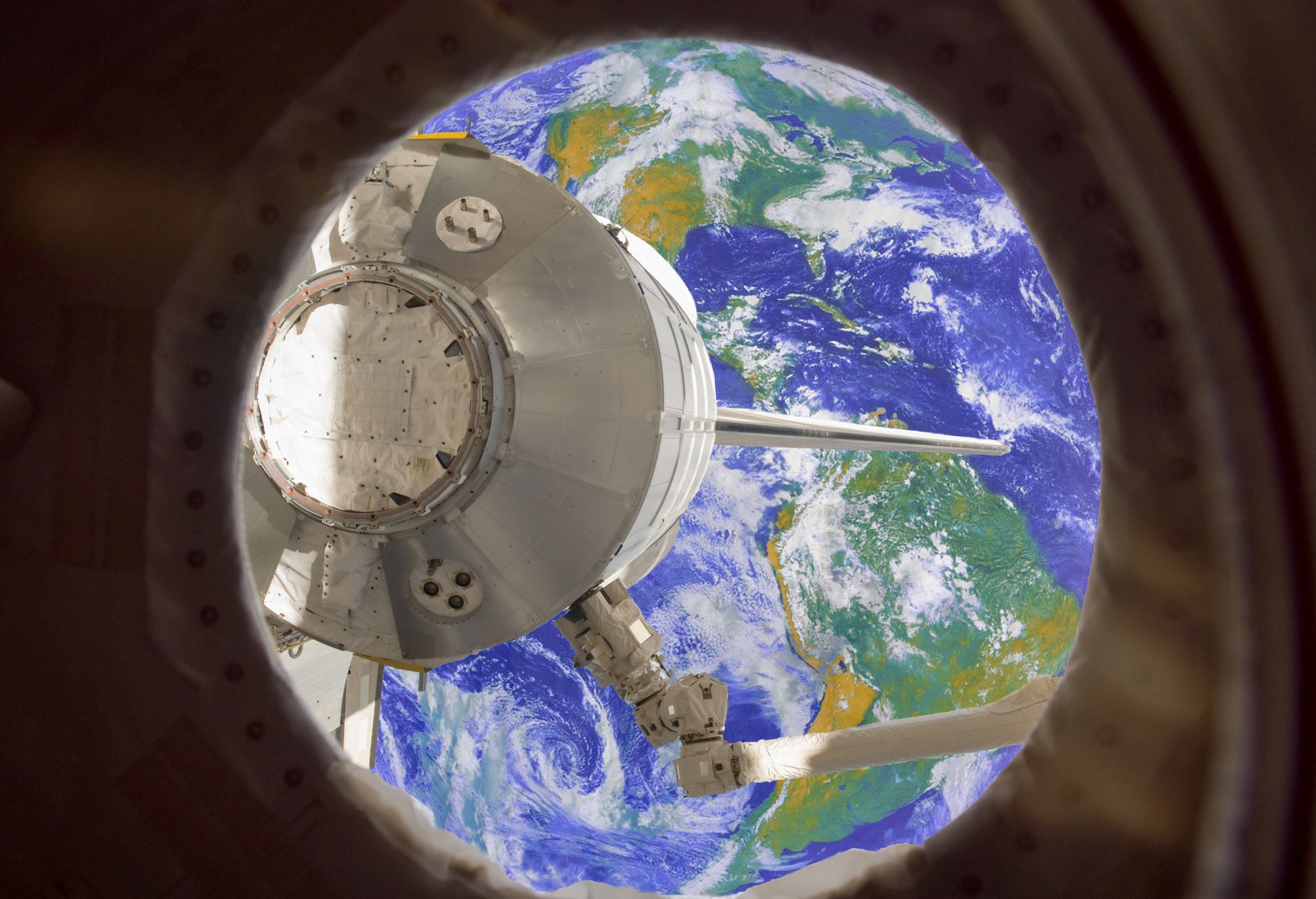The U.S. Space Force is building a Proliferated Warfighter Space Architecture (PWSA) missile defense system, comprising hundreds of satellites, layered in both "tracking" and "transport" orbits around the globe.
There's just one problem: Not enough companies are making thrusters to power all the satellites that the Space Force needs. And as Payload Space reported last week, this is "putting pressure on the small sat supply chain." Companies that produce the needed Hall Effect Thrusters ("HET" -- ion thrusters that use an electric field to accelerate propellant and produce thrust) include America's Busek and Astra (both currently private according to data from S&P Global Market Intelligence), as well as Fakel LLC in Russia (which isn't a great choice these days, when you're buying for the U.S. military).
But there's good news here, too -- and potentially an investing opportunity for space investors.

NYSE: RDW
Key Data Points
Redwire to the rescue
In July, space infrastructure specialist Redwire (RDW +13.96%) announced a plan to dive into the market for advanced thruster technology with the specific aim of offering "reliable, high-volume production to support [the] DoD small satellite supply chain."
Redwire said it will do this in partnership with privately held Phase Four. Building on an existing design provided by NASA, the partners will design a streamlined version more suited for mass production that they call the "Valkyrie Thruster."
If they succeed, the demand should be there to meet them. According to Redwire Chief Technology Officer Al Tadros, there's currently demand for about 100 thrusters per month, and demand could explode tenfold as more and more constellations of small satellites are launched to orbit. To meet this demand, Redwire aims to begin production in 2025 and be able to produce 300 thrusters in its first year -- giving the company a 25% market share in thrusters.
What the HET thruster market means for Redwire
Now how much would that be worth to Redwire?
That's actually not an easy question to answer, because in a small and specialized market like this one, currently dominated by private (and foreign) countries, prices of HET thrusters are hard to come by. A 2023 survey by MIT, however, noted that the costs of building propulsion into a satellite averages 8% of the cost of the satellite itself.
We furthermore know that the Space Force is paying as much as $50 million for each "tracking layer" missile detection satellite it buys, while "transport layer" satellites are averaging closer to $20 million each. Very roughly, therefore, assuming an average Space Force small satellite costs $35 million, and thrusters make up 8% of that cost, we can begin estimating the revenue opportunity for Redwire at $2.8 million per satellite.
And with the PWSA expected to number at least 500 satellites in total (and these satellites needing to be replaced every few years), that works out to an eventual $1.2 billion market opportunity.
Assuming Redwire succeeds in capturing 25% of this market, that works out to $300 million for Redwire -- or roughly the same amount of money the company currently brings in as annual revenue for all its activities.
What it means for investors
Admittedly, this figure assumes the market for HET thrusters grows as expected. Investors also need to be aware that it's not an annual revenue number; Space Force PWSA satellites are built for a five-year lifespan, so you'll need to divide by five for an accurate annual revenue estimate.
And because Redwire is partnering with Phase Four, and doesn't own it outright, it's logical to assume that at least part of this revenue stream will go to Phase Four, and not to Redwire.
Even considering all these caveats, though, this appears to be an attractive market Redwire is entering. Valued at just 1.3 times trailing sales, currently unprofitable, but generating positive operating cash flow and expected by most analysts to become free-cash-flow-positive as soon as next year, Redwire is one space stock worth watching.





